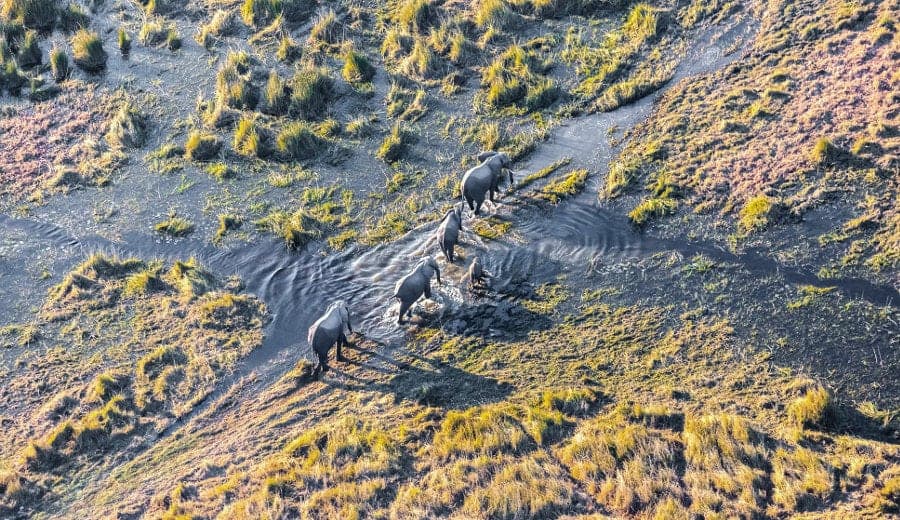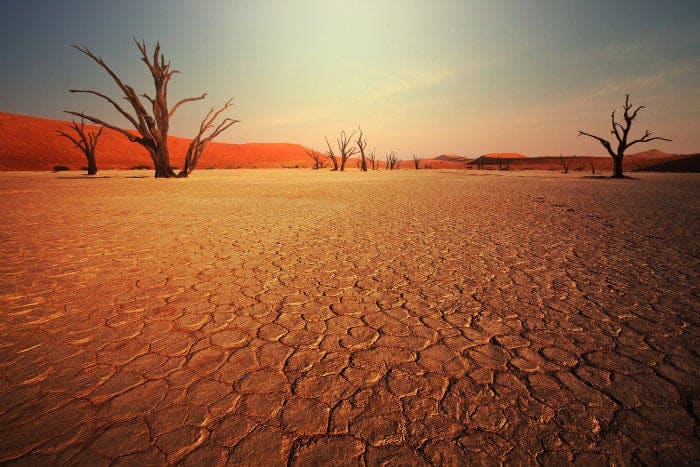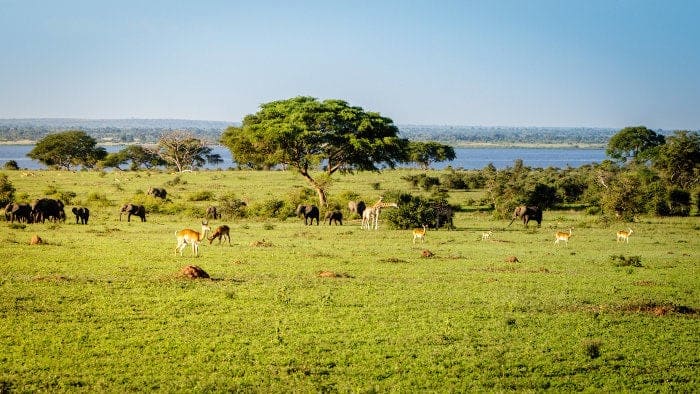
Safari is all about timing. You can be driving across the savannah, tracking a leopard on the prowl. But if you’d come an hour earlier or later, the leopard will be hiding, away from view.
Visit a park at one time of the year and you may be treated to the greatest abundance of animals on earth. Visit the same place later in the year and it’s completely barren. When to go is just as important as where to go.
Our advice? The best time to go on safari is now! Why delay when the wilderness is vanishing. When planning the trip there are some very important considerations to make.
Dry Season vs Rainy Season and Why It’s Important

The first consideration when picking when to go is the climate. Africa’s climate is dictated by the rains. Rain is good for life. Grass and trees grow, providing food. Water is everywhere. Many species give birth during this time of abundance.
Wildlife spreads far and wide during the rainy season. Grass rises higher and trails can become impassable. All this means the landscape looks incredibly beautiful. But it’s much harder to spot wildlife.
Usually the rainy or wet season is the off peak time for a destination. Some destinations even close during this time.

Then its get drier. And drier. And drier. Waterholes shrivel up and rivers stop flowing. Grass has been grazed and the landscape opens out. But the animals still need water and food, so they must congregate around what remains.
So it’s much easier to find all the wildlife. Plus, animals must take risks in order to eat and drink, meaning you’ll watch the most dramatic of scenes.
In most destinations, dry season is the best time for a safari, with the last two months of the dry season (the driest months) being the ultimate.
Planning a Safari

Now you know about dry seasons and wet seasons, keep exploring: